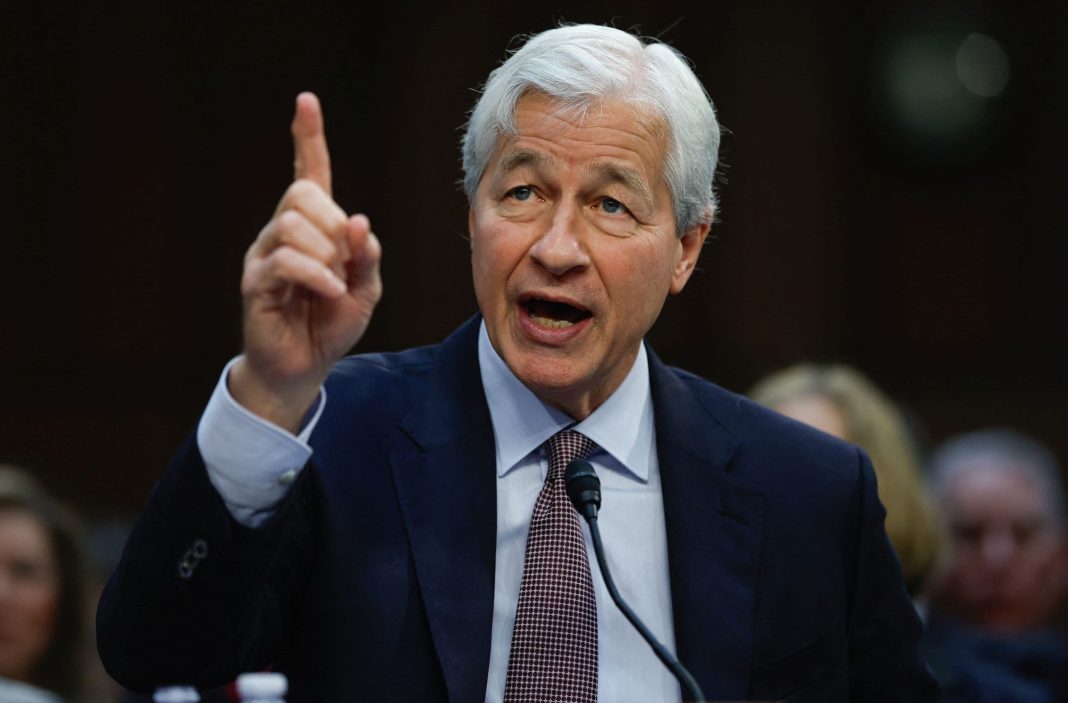In a troubling development for the aviation industry, the National Transportation Safety Board (NTSB) has raised alarms regarding the safety of Boeing 737 aircraft, specifically concerning a critical flight control component that has been deemed “significantly compromised.” This investigation was sparked by an incident on February 6, when the rudder pedals on a United Airlines Boeing 737-8 malfunctioned and became stuck in a neutral position during landing at Newark Liberty International Airport. Fortunately, the captain was able to regain control using the nosewheel steering tiller, averting a potential disaster for the 155 passengers and six crew members on board.
The NTSB’s findings were alarming. Upon examining the rudder control components involved in the incident—specifically a rollout guidance actuator produced by Collins Aerospace—the agency found that these components exhibited severe functional deficiencies when subjected to cold temperatures. This is particularly concerning because rudder controls are essential for managing an aircraft’s rotation along its vertical axis, playing a crucial role in maintaining stability and preventing adverse movements during flight.
A significant revelation from the investigation was the discovery of moisture within both actuators tested, which directly contributed to their failure during operational assessments. The NTSB report highlighted that a manufacturing error involving a sealed bearing’s assembly created an environment where moisture could infiltrate, freeze, and restrict rudder movement. Collins Aerospace, based in North Carolina and one of the largest suppliers of aerospace components, acknowledged this flaw and reported that over 353 actuators delivered to Boeing since 2017 may be affected.
In light of these findings, the NTSB made urgent recommendations. They urged Boeing to inform pilots about the potential for rudder control system jamming due to moisture. Additionally, they called on the Federal Aviation Administration (FAA) to assess whether these flawed actuators should be removed from service and to alert aviation regulators globally. The FAA has indicated its acceptance of the NTSB’s recommendations and is convening a corrective action review board to address the issue.
This incident is just one of many challenges currently facing Boeing. The company is grappling with a prolonged strike by approximately 33,000 employees, primarily affecting production in the Seattle area. Recent analyses suggest that Boeing and its stakeholders could incur losses of at least $1.4 billion during the ongoing strike, with suppliers facing an additional $144 million in losses. The strike’s impact has led to a near-complete halt of Boeing’s commercial airplane production, further complicating the company’s already precarious situation.
Boeing’s troubles extend beyond labor disputes. Following a mid-flight incident on January 5, in which a door panel detached from a Boeing 737 MAX 9, the manufacturer has found itself under increased scrutiny from federal agencies. In response, the FAA has imposed limits on Boeing’s production volumes, a move that reflects heightened concerns regarding the safety and reliability of their aircraft.
The implications of these developments are profound. The aviation industry has been striving to recover from the COVID-19 pandemic’s devastating impact, and safety incidents can severely undermine public trust. According to aviation expert Dr. John R. McCarthy, “Safety is the cornerstone of aviation. Any lapse can lead to catastrophic consequences, not just in terms of human lives but also in economic repercussions for airlines and manufacturers alike.”
As the NTSB continues its investigation, the focus remains on ensuring the safety of air travel and preventing similar incidents in the future. The aviation community, including airlines, manufacturers, and regulatory bodies, must collaborate effectively to address these safety concerns and restore confidence among passengers. As we look to the skies, the hope is that these challenges will lead to stronger safety protocols and more robust oversight to protect those who travel by air.

